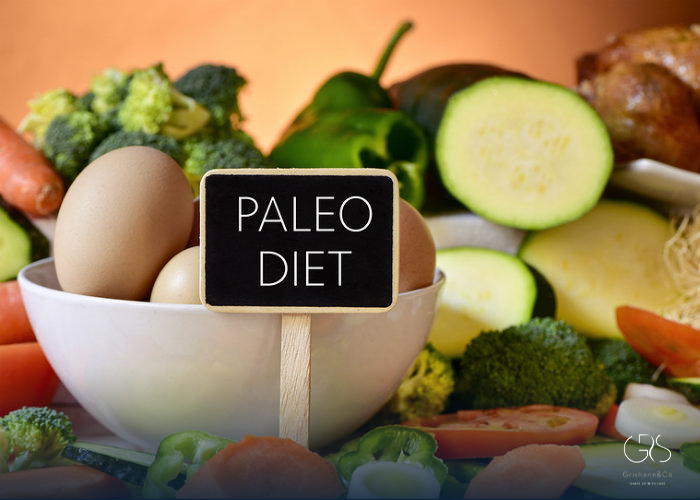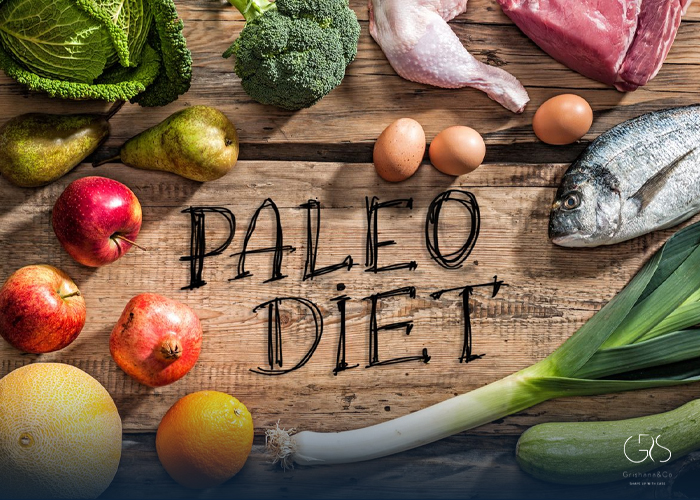In recent years, the Paleo diet has gained immense popularity as a way of eating that promotes better health and well-being by mimicking the diet of our ancient ancestors. Also known as the caveman diet or Stone Age diet, this eating plan is based on the idea that our modern-day food choices have led to many of the chronic diseases that plague society today. By removing processed foods and focusing on whole, nutrient-dense foods, adherents of the Paleo diet believe they can achieve optimal health and vitality. In this article, we will delve into the principles of the Paleo diet, explore what foods are included, and discuss the potential benefits and drawbacks of following this eating plan.
What Is the Paleo Diet?
The Paleo diet is rooted in the concept of eating foods that our hunter-gatherer ancestors would have consumed during the Paleolithic era, around 2.6 million years ago. Advocates of the Paleo diet argue that our bodies are genetically adapted to the types of foods available during this time, which included lean meats, fish, fruits, vegetables, nuts, and seeds. The diet excludes foods that emerged with the advent of agriculture, such as dairy products, grains, legumes, and processed foods.

Foods to Eat on the Paleo Diet:
- Meats: Grass-fed beef, bison, lamb, poultry, and wild game.
- Fish: Salmon, mackerel, sardines, trout, and other fatty fish high in omega-3 fatty acids.
- Fruits: Berries, apples, bananas, oranges, and other fruits in moderation.
- Vegetables: Leafy greens, broccoli, carrots, peppers, and a wide variety of colorful vegetables.
- Nuts and Seeds: Almonds, walnuts, flaxseeds, chia seeds, pumpkin seeds, and more.
- Healthy Fats: Avocado, coconut oil, olive oil, and animal fats from grass-fed sources.
- Eggs: Free-range, pasture-raised eggs are preferred on the Paleo diet.
By focusing on these nutrient-dense whole foods, the Paleo diet aims to provide a balanced intake of macronutrients and essential vitamins and minerals that support overall health and well-being.

Potential Benefits of the Paleo Diet
Advocates of the Paleo diet claim numerous health benefits from following this eating plan. While scientific research on the Paleo diet is ongoing, some studies have suggested potential benefits that include:
- Weight Loss: The Paleo diet often leads to weight loss due to its focus on whole, unprocessed foods and the elimination of refined sugars and grains.
- Improved Blood Sugar Control: By removing foods that cause spikes in blood sugar levels, the Paleo diet may help regulate blood sugar and insulin levels.
- Better Digestive Health: The emphasis on whole foods rich in fiber can promote a healthy gut microbiome and improve digestion.
- Reduced Inflammation: Some research suggests that the Paleo diet’s focus on anti-inflammatory foods can help reduce chronic inflammation in the body.
Criticisms of the Paleo Diet
Despite its popularity, the Paleo diet has faced criticism from some nutrition experts and health professionals. Critics argue that:
1.Nutrient Deficiencies: Excluding entire food groups like grains and legumes may lead to deficiencies in certain vitamins, minerals, and dietary fiber.
2.Cost and Accessibility: Some people find the Paleo diet to be more expensive and less convenient than a traditional Western diet, as sourcing organic, grass-fed, and wild-caught foods can be costly.
3.Sustainability: Critics question the environmental impact of promoting high meat consumption, as animal agriculture is resource-intensive and contributes to greenhouse gas emissions.
Conclusion
The Paleo diet offers a unique approach to eating that focuses on whole, nutrient-dense foods while excluding processed and refined products. While some individuals may find success and improved health outcomes by following this diet, it’s essential to consider individual needs, preferences, and sustainability when deciding whether the Paleo diet is the right choice.
In the quest for optimal health, exploring various dietary patterns and finding what works best for each individual remains paramount. Whether you choose to embrace the principles of the Paleo diet or opt for a different approach, listening to your body and making informed food choices are key to long-term health and well-being.
Sources
- Healthline, Paleo Diet guide
- Mayo Clinic, Paleo diet: What is it and why is it so popular?










